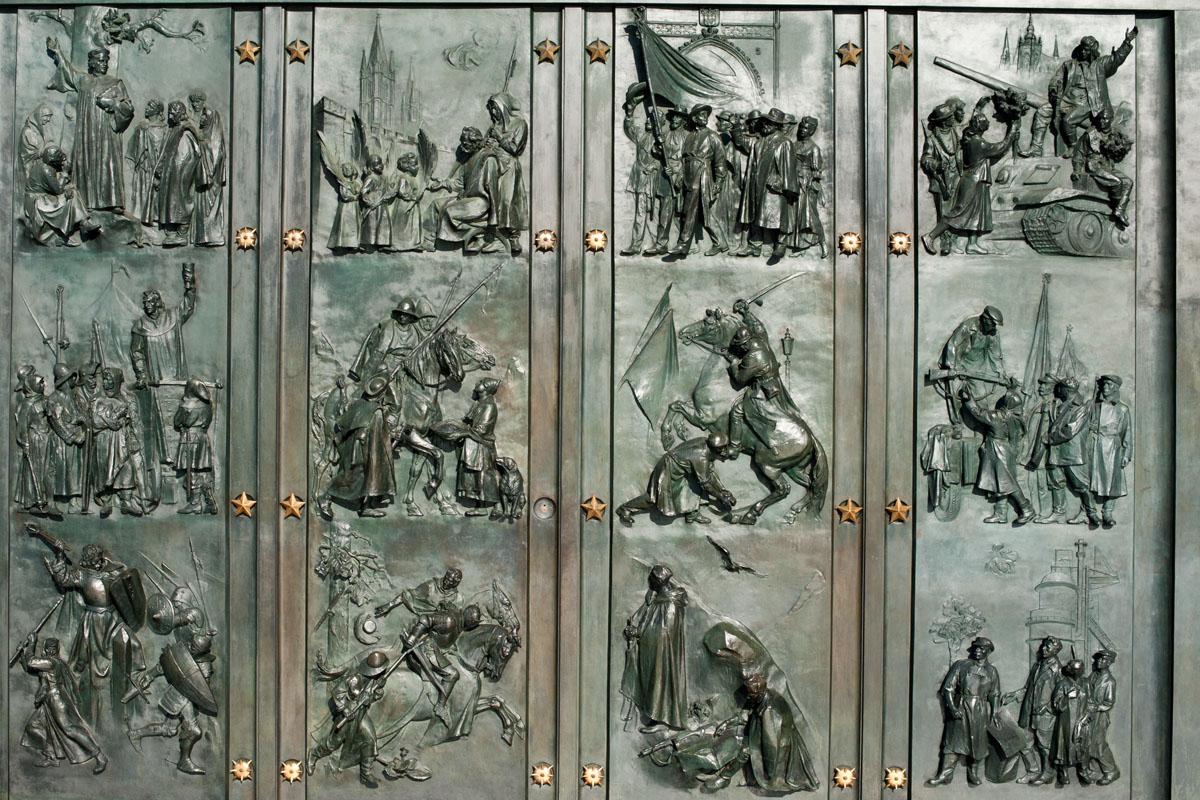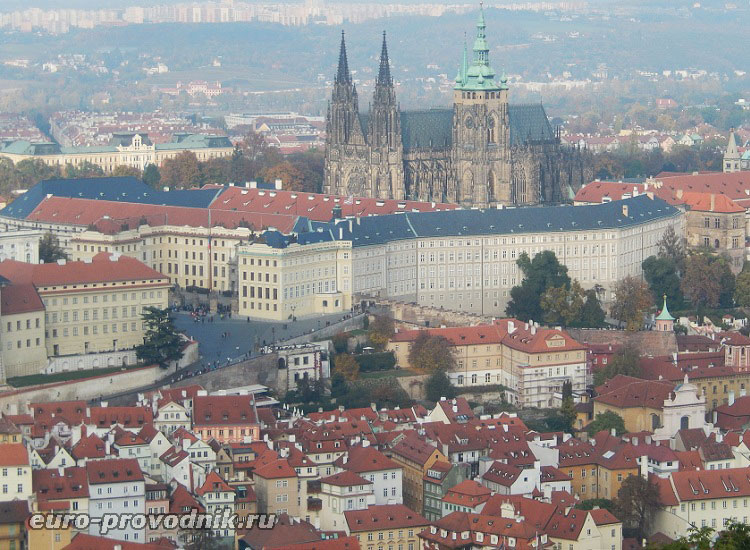See what the "Kirov Railway" is in other dictionaries. Train schedule: Kirov Pass Zhd station Kirovskaya
Control
The Murmansk Railway Administration was established in 1917. It was located in the city of Petrozavodsk. In January 1918, a board was formed to manage the road, consisting of representatives from the Olonets, Murmansk and Petrograd councils and 3 delegates from the Main Road Committee. In March 1918, the Executive Committee of the Council of Railway Deputies was formed. In 1919, the management of the road was transferred to the city of Petrograd. In 1922 the Management Board of the Murmansk Railway was organized. On May 1, 1930, the Management Board was liquidated and the Directorate of the Murmansk Railway was organized.
Kirov Railway had the Office.
On May 22, 1940, by order of the People’s Commissariat of Railways from July 1, 1940, the city of Petrozavodsk was designated the location of the Kirov Railway Administration.
The building in the city of Petrozavodsk, in which the Kirov Railway Department was located
The Kirov Railway Administration consisted of the secretariat, planning department, accounting department, financial, forestry, automobile, military departments, personnel department, educational institutions department, work supply management, was in charge of services - roads, buildings and structures, traffic, passenger, signaling and communications , electrification, fuel economy, carriage, medical-sanitary, material and technical supply, traffic inspector.
The railway had a number of printing organs published in Petrozavodsk - the newspapers Murmanskiy Put (The Way) (1917), Krasny Sever (organ of the Executive Committee of the Council of Deputies of the Murmansk Railway) (1918), and Polar Railway (1933) -1936), “Kirovskaya Magistral” (1936-1959), also had their own newspapers of the political department of the Petrozavodsk branches - “Transportnik” (organ of workers and employees of the 2nd district of the Murmansk Railway) (1930-1935), “Semaphore” (organ of the party committee and MK of the traffic service of the Petrozavodsk station (1934), "Poryets" (organ of the party organization of the 3rd distance) (1934), Kandalaksha - "Polyarny beep ”(organ of the political department and district trade union officer of the 4th branch of the Murmansk Railway) (1931-1935),“ Shpala ”(organ of the party organization and MK of the 8th distance of the track) (1934),“ Shock electric highway ”(organ of the party committee and uchkom 1- of the electrification section of the Kandalakshi of the Kirov Railway "(1935) and Kemi -" Kemsky Transport "(a body of collectives of the CPSU (b) and the local commissions of the Kem station) (1934), the road took part in the publication of the socio-economic journal" Bulletin of the Murmansk Railway "( “Bulletin of Murman”, “Bulletin of the Karelo-Murmansk Territory”, “Karelo-Murmansk Territory th ") (1923-1935 gg.). In the years 1922-1926. in Petrograd (Leningrad) the “Bulletin of the Murmansk Railway” (“The Bulletin of the Administration of the Murmansk Railway”) was published.
History
The construction of the Murmansk railway was started in 1915.
In March 1917 Murmansk Railway Petrozavodsk station of the Olonets railway was transferred.
Since April 1, 1917, the Olonets Railway (line of Zvanka - Petrozavodsk) has been attached to the Murmansk Railway. Temporary commodity movement was opened on January 1, 1917, and on April 1, 1917, the Murmansk Railway was included in direct communication with Russian railways.

The train fills with water (1918)
On September 15, 1917, regular passenger traffic began along the entire section of the road from Zvanka to Murmansk - passenger train No. 3/4 passed.
On January 20, 1919, the Tikhvin section was attached to the Murmansk Railway. - Fisherman's Northern Railway.
On January 1, 1921, the Rybatskoye station of the Nikolaev railway was transferred to the Murmansk Railway.
May 1923 - the railway became part of the newly organized Murmansk Transport, Industrial and Colonization Plant (director A. M. Arnoldov), which also included the organization Zheles, Zheryba, the Committee for the Management of the Murmansk Commercial Port, Zhelstroy, Transport Department, Zhelsilikat.
On March 10, 1925, the narrow-gauge rail access roads of the Belomorsky and Pinozersky branches of the Zhelryba association were transferred to the Murmansk Railway.
On December 19, 1936, the electrified Kandalaksha-Apatity section was put into operation.
September 1941, the Sorokskaya-Obozerskaya section was commissioned.
On July 14, 1944, the railway connection with Petrozavodsk interrupted by the Great Patriotic War was restored - the first train arrived at the station from the north.
On October 31, 1946, the Mudyug – Obozerskaya section of the Northern Railway was transferred to the Kirov Railway.
On June 5, 1953, by order of the Head of the Kirov Railway No. 272 \u200b\u200bon the basis of an order of the Ministry of Railways of the USSR No. 80C dated May 15, 1953, the sections Tikhvin - Cherepovets, Tikhvin - Budogoshch of the Northern Railway, Mga - Pestovo, Kabozha were included in the composition of the Kirov Railway - The brow of the October Railway.
On January 22, 1959, diesel traction was first deployed in the Kem-Volkhovstroy section - the fast train No. 15 drove the diesel locomotive for the first time.
On July 12, 1955, in accordance with the decree of the Minister of Railways of the USSR No. 2934 dated July 9, 1955, by the order of the head of the Kirov Railway No. 417 dated July 12, 1955, the Babaevsky branch of the road was liquidated with the transfer of the Tikhvin-Cherepovets section of the October Railway.
On July 13, 1959, by Decree of the Council of Ministers of the USSR No. 748 “On Strengthening Railways” and Order of the Ministry of Railways of the USSR No. 42 of July 14, 1959, the Kirov Railway and the October Railway were merged into the October Railway with management in the city of Leningrad .
List of some road leaders
Heads of the Murmansk Railway Construction Department
- V.V. Goryachkovsky (1914-)
Commissioners, chief commissars of the road and chairmen of the executive committee of the commissariat for the management of the Murmansk Railway
- N. G. Ananyin (1917)
- N.V. Komarov (1918)
- A.P. Kudryavtsev (1918)
- L.V. Nikolsky (1918)
- Smolikov (1918)
- N. Komarov (1918)
- I.A. Zhitkov (1919)
- Tyurenkov (1920)
- I. Vasin (1920)
Chairmen of the Board of the Murmansk Railway and the Murmansk Combine
- A.M. Arnoldov (1923-1927)
- M.M. Drongovsky (1927-1928)
- M.M. Kulabukhov (1928-1930)
Heads of the Murmansk (Kirov) railway
- I. Ya. Manos (1920-1922)
- V.R. Frenke (1922-1924)
- Stavrovsky (1924-1925)
- A. Garbuzov (1925)
- Naumov (early 1930s)
- I.F. Glacier (1933-1937)
- Ninth (1938)
- P.N. Gartsuev (1940-1945)
The Kirov Railway Information Station and the organization’s telephones are very busy due to the location of the village in the center of the branch of the same name railway, which is part of Gorkovskaya. In addition to the main railway station of Kirov, in the village there are seven more auxiliary stations serving nearby destinations. Many trains run in various directions through the regional center, which leads to a large flow of passengers.
Railway station Kirov - summary
Railway station Kirov is located at ul. Komsomolskaya 42. This is the southern part of the city. The first building of the station appeared in 1899. After 12 years, a spacious waiting room and a duty room were added. Over the years, the building was "overgrown" with additional rooms, and in 1961 a new one was built, which still operates.
The modern station building is rectangular in shape, includes several floors and a central structure with a gable roof. Through a huge arched window, which occupies a third of the facade, a lot of light enters the room. In the center of the window is an electronic clock. Inside on the ground floor there are ticket offices and the schedule of the railway station of Kirov. There is also a waiting room and ATMs.
Opposite the building is a spacious square with shops: “Summer”, “Gifts”, and “Apron”. Next to the memorial to the dead railway workers, there is a ground crossing beyond the track lines to Borodulin Street. Behind the station is the private sector and the Chistye Prudy microdistrict.
Train schedule train station Kirov
The website of the railway station of Kirov, as a common resource of a Russian company, reports a wide variety of trains running around the station. The most popular destination is to the capital. Daily from the station leaves 11 trains to Moscow.
The interval of movement is from one hour to three. One of the serviced trains is Vyatka. 900 km of the train takes 13 hours. It has seven reserved seats and seven compartment wagons. NE and high class restaurant. Some cars are equipped with additional services included in the standard ticket price.
In addition to the capital direction, the Kirov train schedule contains flights to:
- Permian;
- Cheat;
- St. Petersburg;
- Nizhny Novgorod;
- New Urengoy;
- Severobaikalsk;
- Tomsk
- Chelyabinsk;
- Ekaterinburg.
The farthest trains in the station reach Khabarovsk and Vladivostok.
Indicate the route and date. In response, we will find Russian Railways information on the availability of tickets and their cost. Select the appropriate train and place. Pay for your ticket in one of the proposed ways. Payment information will be immediately transmitted to Russian Railways and your ticket will be issued.
How to return a purchased train ticket?
Can I pay with a card? Is it safe?
Oh sure. Payment takes place through the payment gateway of the processing center Gateline.net. All data is transmitted over a secure channel.Gateline.net Gateway has been designed to meet the requirements of the PCI DSS International Security Standard. The gateway software has successfully audited version 3.1.The Gateline.net system allows you to accept payments with Visa and MasterCard cards, including using 3D-Secure: Verified by Visa and MasterCard SecureCode.Gateline.net payment form is optimized for various browsers and platforms, including for mobile devices.Almost all railway agencies on the Internet work through this gateway.
What is an electronic ticket and electronic registration?
Buying an electronic ticket to the site is a modern and quick way to get a travel document without a cashier or operator.When purchasing an electronic train ticket, seats are redeemed immediately, at the time of payment.After payment, to board the train, you must either go through electronic registration or print a ticket at the station.Electronic registration not available for all orders. If registration is available, it can be completed by clicking on the appropriate button on our website. You will see this button immediately after payment. Then, to board the train, you will need the original ID and printout of the boarding pass. Some conductors do not require a printout, but it is better not to risk it.Print e-ticket it is possible at any time before the train leaves at the ticket office at the station or at the self-registration terminal. To do this, you need a 14-digit order code (you will receive it by SMS after payment) and the original ID.




